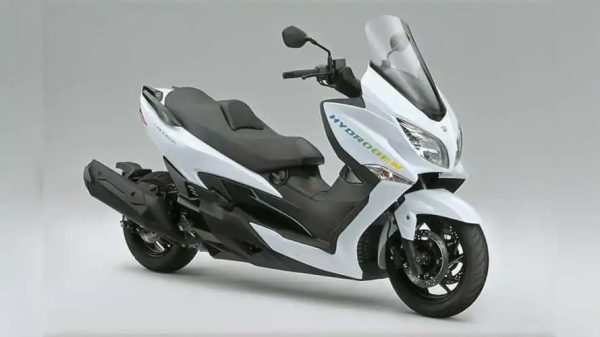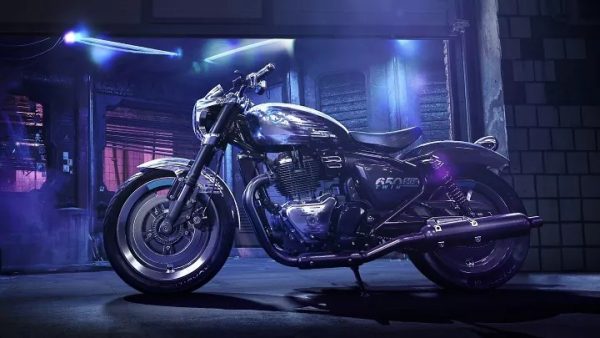Suzuki To Premiere Its First Hydrogen Test Bike
Suzuki To Premiere Its First Hydrogen Test Bike At 2023 Japan Mobility Show The Suzuki Hydrogen Burgman is among several world premiere vehicles from the house of Hamamatsu. Suzuki has preferred the 2023 Japan Mobility Show as the event to unveil its first-ever hydrogen-powered two-wheeler for the world. The company has mentioned it a test […]
Suzuki To Premiere Its First Hydrogen Test Bike Read More »


